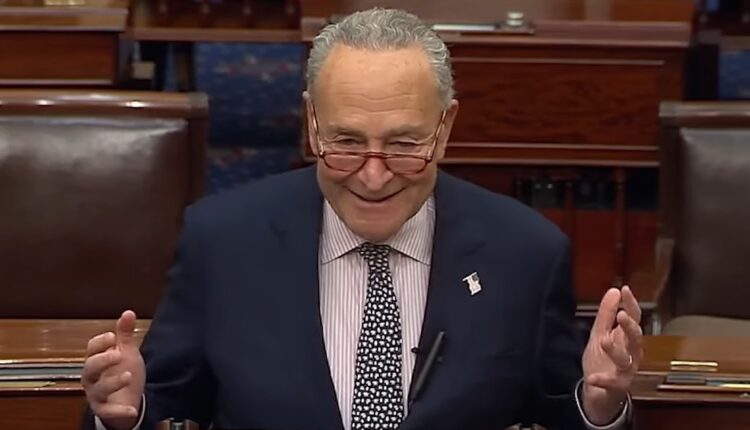
SAFER Banking Bill Stalls: What’s Next for Cannabis Banking?
The TDR Three Key Takeaways regarding SAFER Banking Bill:
- Stalling of SAFER Banking Bill marks a setback in cannabis banking.
- SAFER Banking Bill may find hope in new GOP-supported legislation.
- Cannabis industry stays dedicated to Bill’s success.
Having the SAFER Banking Bill attached to the FAA Bill appears to be off the table. What is the next strategy, and how realistic does it look? With the future of the SAFER Banking Bill in uncertainty and the FAA Bill proceeding without it, industry stakeholders are evaluating alternative strategies. This editorial examines the implications and potential next steps as advocates of cannabis banking reform recalibrate their approach.
The attempt to connect the SAFER Banking Bill with the FAA Bill was a calculated effort to promote secure financial practices for cannabis businesses, which have long faced federal banking restrictions. However, recent updates indicate that this strategy has stalled. Industry sources confirm that the SAFER Banking Bill will not be part of the FAA Bill, marking a significant setback for the cannabis industry, which had hoped for easier banking access and reduced risks associated with cash-intensive operations.
This development prompts a strategic shift, as highlighted by Anthony Varrell, the co-host of TDR podcast. “This bill has been stalled since February, but now it’s starting to gain traction. It’s a GOP-led medical marijuana legalization bill that will bring medical marijuana. Tom Davis is involved in the bill. Tom Davis has been characterized as strictly conservative, but several other GOP members are also supporting this bill,” Varrell noted. He added, “It’s good to see it gain some momentum after being in a gridlock, and we’ll be watching this closely as it progresses.”
The need for safer banking options remains crucial as the industry seeks legitimacy and financial security. With the SAFER Banking Bill on the sidelines, advocates and legislators must explore other legislative avenues or perhaps promote the bill as standalone legislation—a challenging path that requires broad congressional consensus, where policy differences have historically hindered legislative progress.
The ongoing uncertainty affects not only cannabis enterprises but also financial institutions, regional banks, and credit unions eager to serve this expanding market without federal repercussions. This scenario highlights the complex relationship between state legalization of cannabis and federal regulatory frameworks, emphasizing the need for aligned legislative support. Stakeholders are hopeful but cautious as they consider new strategies to achieve safer banking for the cannabis industry, which is crucial for legitimacy, public safety, and economic efficiency. Despite setbacks with the FAA Bill, industry leaders are motivated to reassess their strategies and persist in their advocacy for SAFER Banking Bill. Want to keep up to date with all of TDR’s research and news, subscribe to our daily Baked In newsletter.



